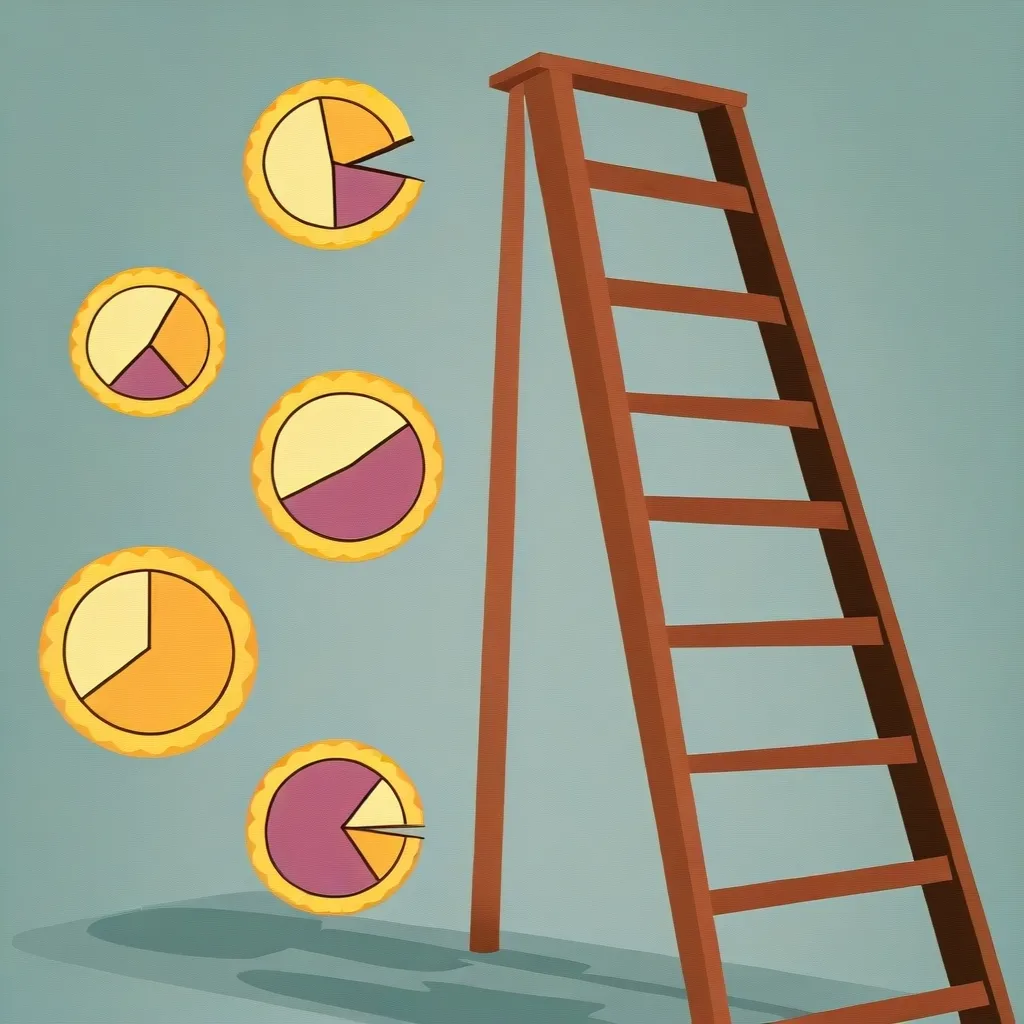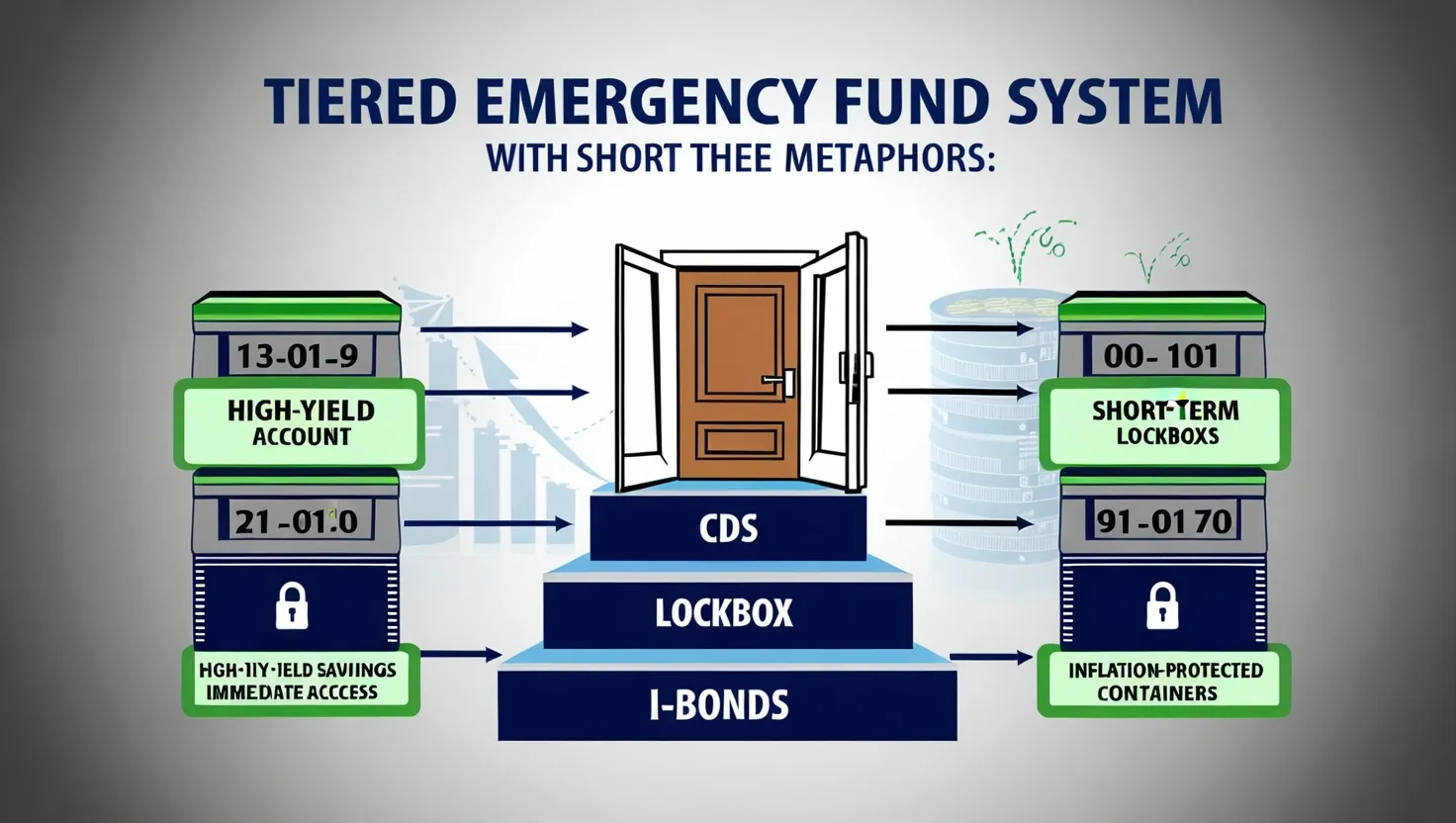Understanding income taxes can seem like you’re trying to solve a Rubik’s Cube blindfolded. But once you break it down into simpler terms, it’s not that scary. At the heart of the U.S. tax system lies the concept of tax brackets, which basically means different parts of your income are taxed at different rates. It’s like a staircase, the higher you go, the more you pay.
The U.S. runs on a progressive tax system. That fancy word just means people who earn more, pay more (and sometimes grumble more). Imagine your salary is a pie, and Uncle Sam takes different sized slices from different parts of it. If you raked in $50,000 last year, guess what? Not all of it is taxed at the same rate. It gets chunked up, and each chunk gets its own tax rate. The higher chunks are taxed more, of course.
Picture your income as a ladder. You start climbing, and at each rung, a different tax rate applies. Take a breather at $50,000 of taxable income. Here’s how it works: The first $11,000 gets sliced with a 10% tax. Then, the chunk between $11,001 and $44,725 is taxed at 12%. Anything beyond that till you hit $50,000 is taxed at 22%. So even though you’re staring at the 22% rate, your effective tax rate, which is the average rate at which your income is actually taxed, is lower.
For 2024, the tax bracket breakdown for single peeps is like this:
- 10%: $0 to $16,550
- 12%: $16,551 to $63,100
- 22%: $63,101 to $100,500
- 24%: $100,501 to $191,950
- 32%: $191,951 to $243,700
- 35%: $243,701 to $609,350
- 37%: $609,351 or more.
Now, your marginal tax rate is the rate on the last dollar you earn. If you’re in the 22% bracket, that’s your marginal rate. But your effective tax rate, the real feel of your tax bill, is like taking all the amounts you pay across different brackets and averaging them out. Imagine you pay around $6,300 in taxes on your $50,000 income. Your effective tax rate would come out to roughly 12.6%.
Deductions are like gifts from the tax gods. They slice down your taxable income, which means you cough up less in taxes. Say, you got a juicy $1,000 deduction and sit in the 32% bracket. You’ll save $320 in taxes. But if you’re in the 12% bracket, the same $1,000 deduction only saves you $120. So, bigger tax rate, bigger savings.
And here’s where it gets friendly - tax brackets adjust annually for inflation. This dance with inflation keeps you from getting bumped into a higher bracket just because your paycheck swelled to keep up with the cost of living. If the top edge of the 12% bracket nudges from $44,725 to $47,150, you stay comfy in the lower bracket even if your salary’s unchanged.
State taxes, however, don’t follow a one-size-fits-all. Some states go flat with a uniform tax rate for everyone. Others dance to a progressive tune like the federal system. For instance, Colorado shakes it up with a flat 4.4% rate, while states like Wyoming say, “No thanks” to state income tax altogether.
So, how do you read your tax tea leaves? Start with knowing your filing status and taxable income. Let’s do a run-through:
- With $50,000 of taxable income:
- The first $11,000 at 10%: $1,100
- Then, the slice of income between $11,001 and $44,725 is taxed at 12%: Amounting to $4,047
- Finally, the chunk between $44,726 and $50,000 is hit with 22%: That’s $1,160.50
Add those tax slices: $1,100 + $4,047 + $1,160.50 = $6,307.50. That’s your total tax bill, making your effective tax rate around 12.6%, even though your highest rate is 22%.
Let’s paint a picture with Sarah. She stood at $50,000 taxable income too. Her tax math goes:
- 10% on the first $11,000: $1,100
- 12% on the next $33,725: $4,047
- 22% on the last $5,275: $1,160.50
So she forks over a total of $6,307.50 with an effective tax rate of 12.6%, despite being in the 22% bracket.
Understanding tax brackets isn’t just about dodging the taxman, it’s about smart financial moves. Knowing how chunks of your income get taxed and how deductions play into that can help you steer your financial ship better. Remember, your effective tax rate usually feels gentler than your marginal rate, and those annual inflation tweaks keep you from unfair bracket bumps. With this roadmap, navigating the convoluted world of U.S. taxes feels a lot less like a maze and a lot more like an open highway.






